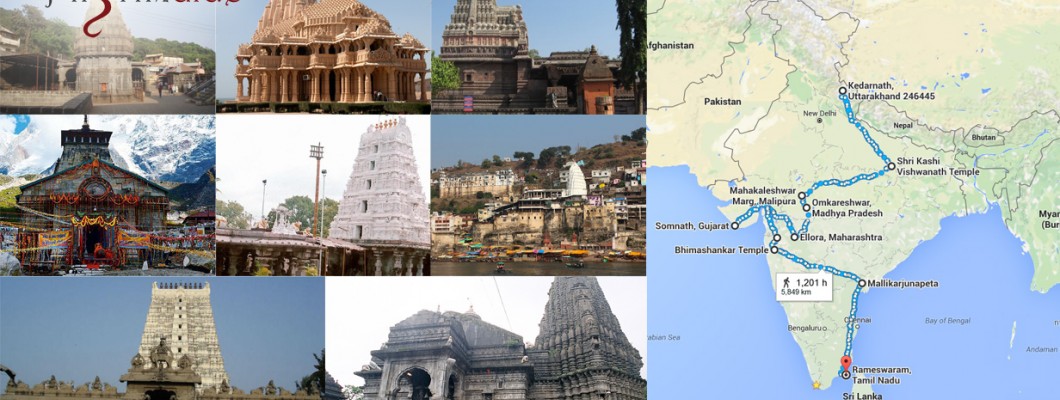
Dwadasa Jyotirlinga darshan yatra
Legend
According to mythology, Lord Brahma and Lord Vishnu had an argument over supremacy of creation. To test them, Lord Shiva penetrated the three worlds as an infinite pillar of light,the Jyotrilinga. Brahma and Vishnu, asked to find the end of the light set forth in either directions. While Vishnu conceded defeat Brahma lied that he found the end of the light. Lord Shiva angry at the lie, cursed Brahma that he will not be worshipped on earth. The Jyothirlinga shrines are temples where Shiva appeared as a blazing column of light. Though there were believed to be 64 Jyothirlingas, 12 of them are considered to be especially auspicious. Through the eons of history, pilgrimage to these shrines have been considered extremely pious.
Yatra Preparations
The trek to Kedarnath is quite demanding. It is advisable to get a thorough medical check up before the journey. It is recommended to improve your fitness with regular exercise.
It is suggested to have a BSNL number as these work even in the higher altitudes.
Pooja Samagri
Deity - Temples
Deity :- Lord Shiva
Temples Covered:-
Somnath Temple in Gujarat
Mallikarjuna Temple at Srisailam in Andhra Pradesh
Mahakaleswar Temple at Ujjain in Madhya Pradesh
Omkareshwar Temple in Madhya Pradesh
Kedarnath Temple in Uttrakhand
Bhimashankar Temple at Pune in Maharashtra
Kashi Viswanath Temple at Varanasi in Uttar Pradesh
Tryambakeshwar Temple at Nashik in Maharashtra
Vaidyanath Temple at Parali village in Maharashtra
Aundha Nagnath Temple at Aundha in Maharashtra
Ramanathaswamy Temple at Rameshwaram in Tamil Nadu
Grihneshwar Temple at Ellora in Maharashtra
Area Covered
Gujarat, Andhra Pradesh, Maharashtra, Madhya Pradesh, Uttarakhand, Uttar Pradesh, Tamil Nadu
Must Haves
The Dwadasa Jyotirlinga yatra passes through drastically different domains of India and hence will have dissimilar conditions.
While
light cotton Indian attire is recommended for the shrines in the
peninsular areas, in the higher altitudes of Kedarnath woollens will be
needed. Heavy winter wear is essential in the Himalayan valley if
travelling after August.
Though most of these shrines are in the
vicinities of medical facilities or bigger cities, it is advisable to
carry any special medications that you might need for the entire
duration of the journey.
Only basic necessities might be available
in the Himalayan area, so it is recommended to stock up with the
essential items before you reach there,. Dehydration salt packets, light
snacks, sunscreen, first aid kit, general medications like antibiotics,
antiseptic creams etc should be carried in the daypack.
Auspicious Days
Month of November(Karthika month) is considered highly auspicious for
the Dwadasa Jyotirlinga darshan. However, the closing of the Kedarnath
shrine should be checked if travelling during this season.
Mahashivrathri is celebrated with great fervour in all the Jyotirlinga temples.
Best time to Travel
Most of the Jyotirlinga temples can be travelled to any time of the year but the Kedarnath temple will be opened only from April to November. However considering the hot summer season in many parts of the country, the recommended time for the journey will be around September to November.
Darshan Info Clock Duration
As this yatra covers the entire span of the country the duration of the
complete journey is around one month. Some packages offer trips under
three weeks.
The Dwadasa Jyotirlinga darshan can also be done in segments over a period of time.
Health Awareness
While most of the Jyotirlinga temples have hospital and medical facilities around their vicinity, trekking to the higher altitudes of Kedarnath by those with cardiac ailments, asthma etc must be avoided.
Climate
The Dwadasa Jyotirlinga yatra covers almost the whole of India and hence has varied climatic conditions. The summers can be scorching in most of the states that are covered in the journey with temperature in the mid to high forties. While, during the months of Sept/Oct the climate will be pleasant for most of these areas, sub zero temperatures must be expected at Kedarnath during the time.
Crowd Expected
Crowds can be expected in most of these temples during Mahashivrathri as well as the holy months of Shravan and Karthika.
Travel Method
Most of the Jyotirlinga temples can be reached by a combination of flights/trains and road. However the Kedarnath temple has to be trekked on foot or by ponies, as the motorable road stops around 15kms before the temple. Chopper services are available at Kedarnath.
Festivals
Month of November(Karthika month) is considered highly auspicious for
the Dwadasa Jyotirlinga yatra. However, the closing of the Kedarnath
shrine should be checked if travelling during this season.
Mahashivrathri is celebrated with great fervour in all the Jyotirlinga
temples.


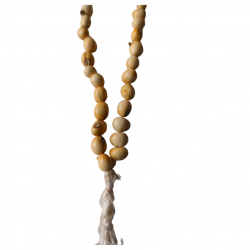
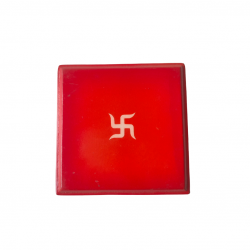
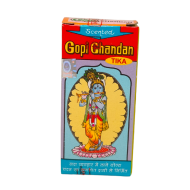
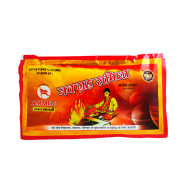
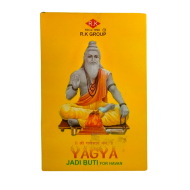

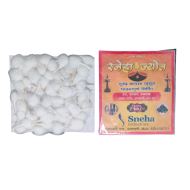
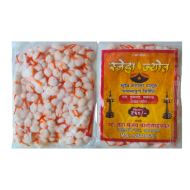
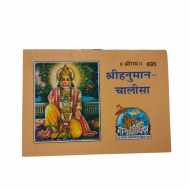
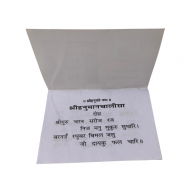
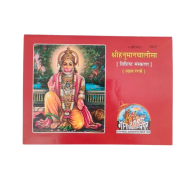
-190x190.png)
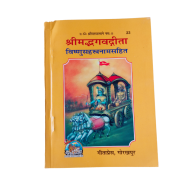
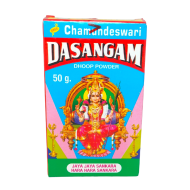
Leave a Comment